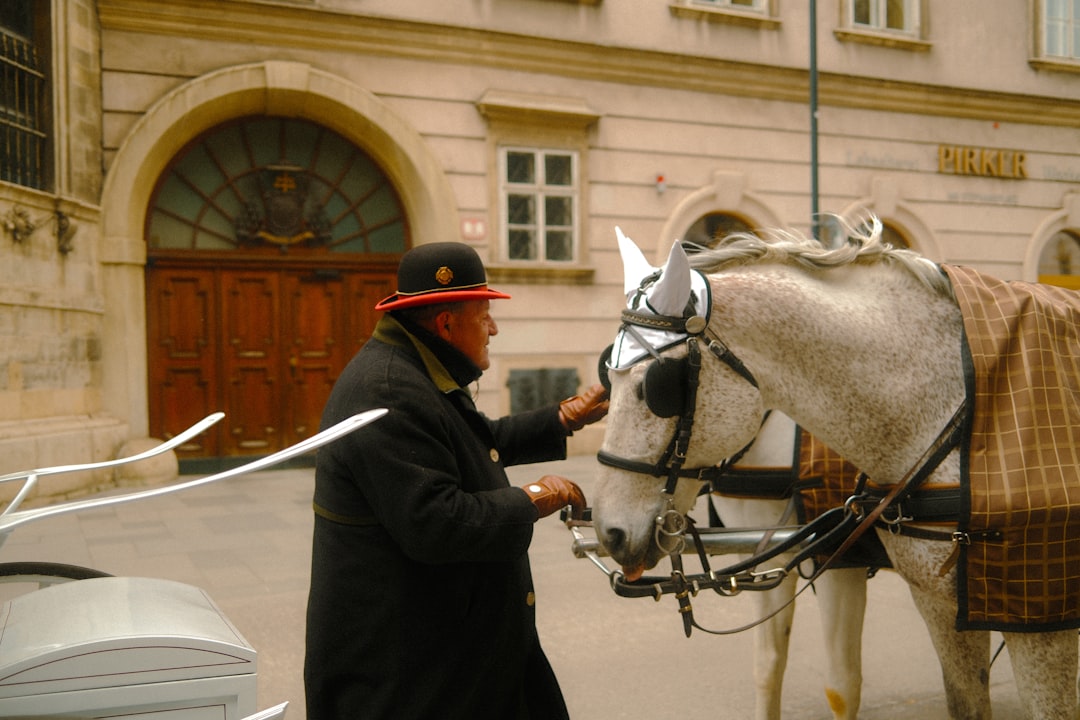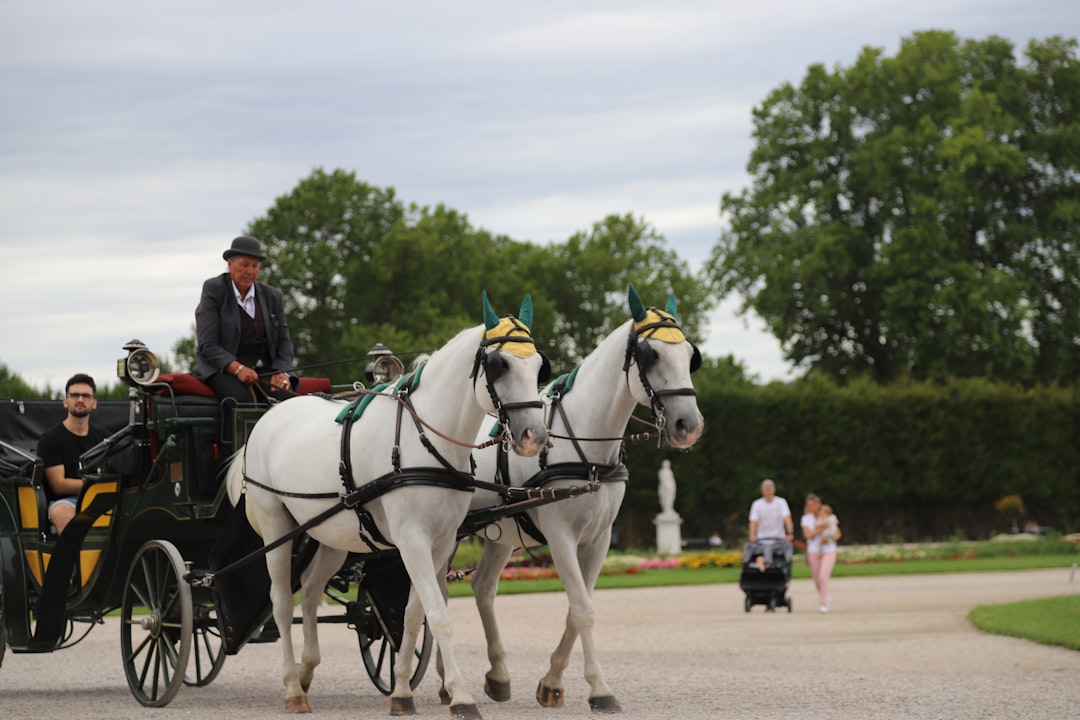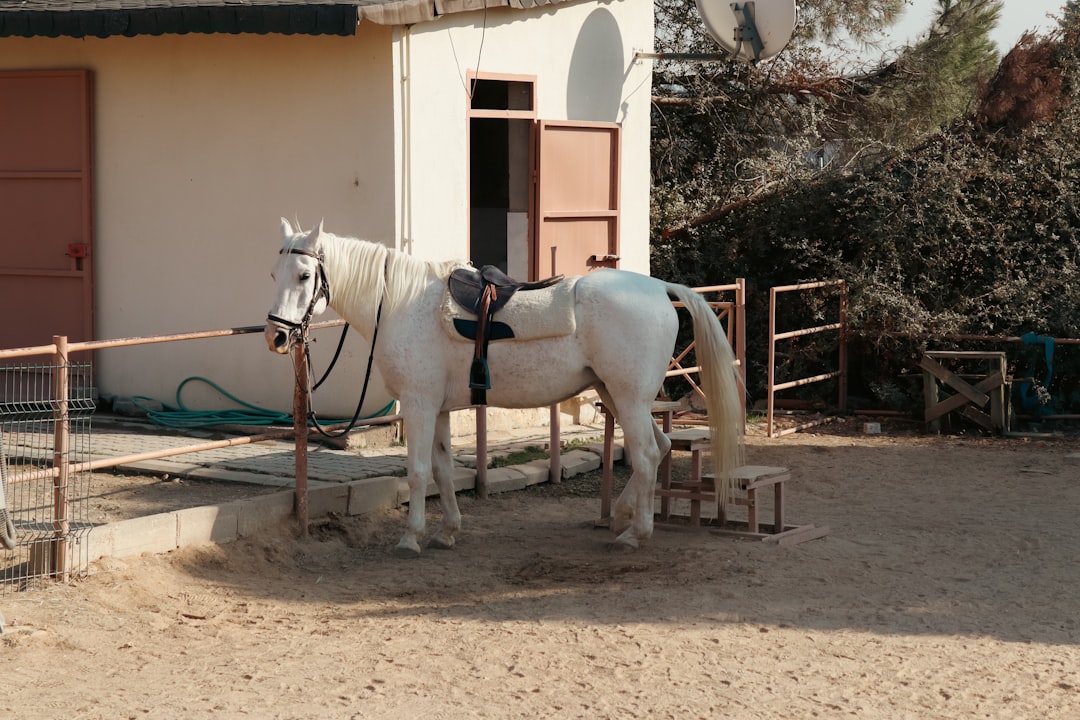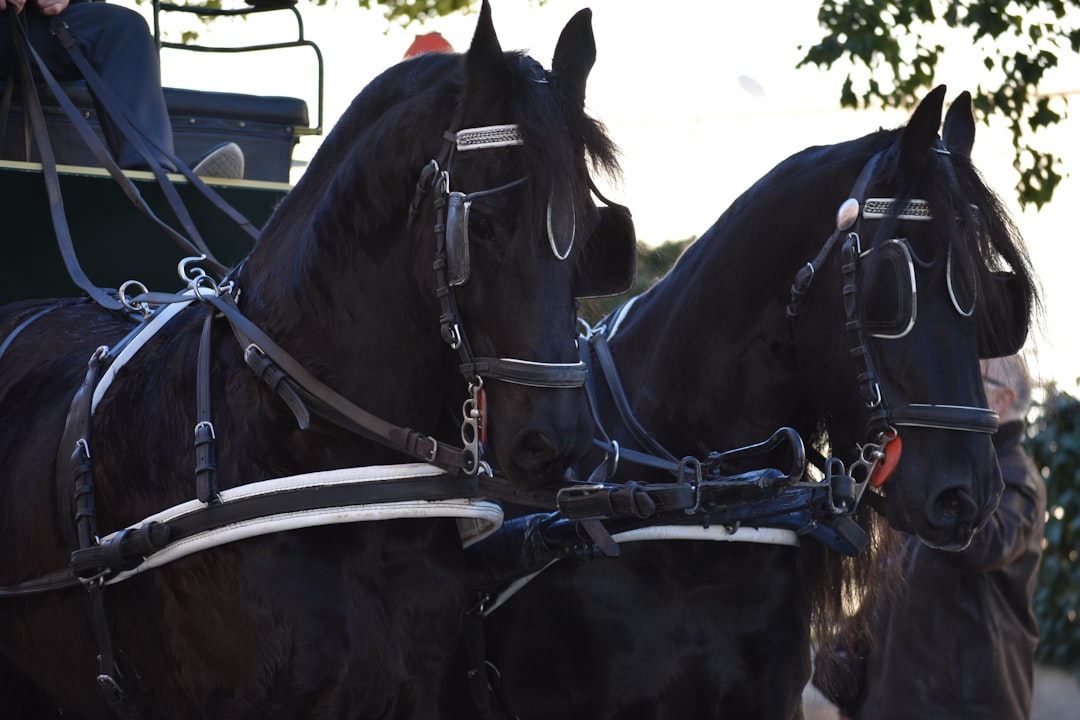

Engage prospects with a scan and streamline customer engagement with FREE QR code marketing tools by Sona – no strings attached!
Create a Free QR CodeFree consultation

No commitment

Engage prospects with a scan and streamline customer engagement with FREE QR code marketing tools by Sona – no strings attached!
Create a Free QR CodeFree consultation

No commitment
In today’s digitally driven world, QR codes have evolved from a novelty to a strategic powerhouse in bridging offline engagement with online action. For horse carriage services, QR codes represent a frictionless and effective way to increase bookings, deliver memorable experiences, and streamline customer interactions. They address a persistent industry challenge: converting high-value prospects who pause at the carriage or pick up a brochure but never fill out a form or call for details.
Horse-drawn carriage tours, wedding events, and sightseeing experiences often lose interested visitors at the moment of discovery. QR codes change that dynamic by making it simple to collect reviews, provide scheduling details, display safety guidelines, and track engagement in real time. This captures critical intent signals that rarely make it into a CRM, giving operators a clear path from interest to action.
This guide explores practical strategies for implementing QR codes within horse carriage businesses, tackling common pain points like anonymous foot traffic, inconsistent follow-up, and lack of attribution. Through real-world use cases, you will see how QR codes can accelerate conversions, deepen guest engagement, and drive measurable growth, all while preserving the charm at the core of the carriage experience.

Converting physical interest into online bookings or repeat business remains a core frustration for many operators. High-value prospects appear in person, ask a question, admire the carriage, or talk to a driver, yet never make it into your CRM. QR codes bridge this gap by turning every physical touchpoint into a digital conversion point that can be tracked and optimized.
Operators can replace outdated analog workflows with simple, mobile-first experiences. Paper reservation cards can become QR-powered booking flows, clipboard feedback forms can become instant review links, and static brochures can become dynamic tours that update routes, prices, and special packages without reprinting. The result is less friction at the moment of intent and more reliable data for follow-up.
Here is how to do it effectively:
Modern QR code campaigns empower horse carriage services to address persistent conversion challenges. By treating every offline interaction as a gateway to digital engagement, you gain both immediate conversion opportunities and the data required to replicate what works.

Horse carriage services face unique hurdles. Prospects often discover carriages through serendipity: tourists pausing on city streets, couples scouting outdoor wedding options, or locals looking for a special date-night experience. Without a fast path to action, that initial spark fades. QR codes let these prospects act on the spot, making it as easy to book a ride as it is to snap a photo.
Printed materials and conversations are essential in this industry, but they rarely capture identifiable data. QR codes turn static assets into interactive entry points, linking real-world interest to measurable digital behavior. They also help operators keep content current. If pricing changes due to seasonality or routes need adjusting because of road closures, dynamic QR codes can update destinations without reprinting hundreds of flyers or signage.
Some of the biggest issues QR codes solve include:
Applied to typical industry materials like wedding packets, concierge rack cards, city tourism maps, and street-side A-frames, QR codes transform every surface into a smart call to action. The result is higher conversion, richer data, and a smoother guest journey.

Horse carriage operations rely on timely, accurate information to move prospects from interest to decision. The right QR formats and destinations funnel engagement toward next steps, whether that is a booking, a quote, or a review.
Different formats serve different needs. Dynamic codes are ideal for campaigns that change often or require attribution, while static codes work for evergreen assets that do not need updates. Choosing wisely at the start helps you avoid reprints and ensures you capture the data you need.
The most effective formats include:
For busy operations, linking the right format to the right destination creates a seamless path from discovery to decision. With a unified platform, you can manage these codes centrally and update content on the fly.

Growth often depends on converting brief, in-person interest into trackable action. Anonymous foot traffic around carriage stands, hotel lobbies, and event spaces represents a major, untapped pipeline. QR codes help capture that interest and turn it into a name, an email, or a booking.
Think about where your audience already lingers. Guests congregate at pick-up points, hotel concierge desks, wedding venues, city squares, and tourism centers. Each of those environments presents a prime placement for a clear QR-enabled invitation to learn, book, or request a quote. Test placements over time, and use analytics to double down on the winners.
High-impact placement opportunities:
When QR placements are thoughtful and context-aware, valuable engagement signals are captured and converted throughout the customer journey. Your team gains visibility into where, when, and how prospects prefer to take action.

Operators regularly face walk-up interest that fizzles without a simple way to follow up later. QR codes transform those moments into structured, measurable actions. They also upgrade the experience for riders by providing added value like guided tours, safety info, and photo galleries that guests can access on their phones.
The best implementations align use case, placement, and outcome. For example, a code at a wedding booth should prioritize an inquiry form and gallery; a code on a carriage door should prioritize instant booking and real-time availability. Match the destination to the moment.
When QR-driven follow-up is automated, missed conversions diminish. You will build predictable pipelines for bookings, reviews, and event leads.
Each scan is a signal: who scanned, where, when, and why. By deploying unique codes across touchpoints, you can segment your audience by intent and stage in the buying journey, then respond with tailored follow-ups that reflect what they actually want.
Segmentation pays off quickly in this vertical. Tourists who scan a street-side sign usually want immediate availability. Wedding planners who scan at a bridal expo typically need detailed proposals. Locals who scan a loyalty code want seasonal offers or holiday routes. Categorize these behaviors automatically with unique codes per placement.
By harnessing scan data to segment intelligently, horse carriage services move beyond anonymous encounters. You will build audiences that are primed for relevant offers, at the right moment, on the right channel.
Disjointed campaigns confuse customers and waste budget. QR codes act as the connective tissue across carriage signage, print collateral, partnerships, and digital channels. They standardize calls to action, unify analytics, and give you a single view of engagement across sources.
A connected offline-to-online funnel is especially valuable in this industry, where so much discovery happens in physical spaces. With QR codes, your brochures, posters, and vendor displays become gateways to landing pages, forms, and payment links that your team can update and measure in real time.
Here is how QR codes enhance your broader strategy:
QR codes serve as the offline onramp to your digital marketing engine. With a centralized platform to manage them, you can monitor performance by channel, sync data with your CRM, and create consistent experiences that feel orchestrated rather than ad hoc.
Many carriage businesses experience inconsistent results because campaigns launch without clear goals, test plans, or analytics. A simple, repeatable process ensures you deploy QR codes with intent, design for the real world, and refine based on data instead of guesswork.
Treat this as your operating system for QR. Each step builds on the last, from defining what you want to achieve to selecting the right code type and optimizing for scannability in busy, outdoor environments. Your goal is a loop of continuous improvement: launch, learn, iterate.
Following this structured approach replaces inconsistent results with data-driven decisions and continual improvement. With the right tools, you can launch quickly, learn from real-world engagement, and scale what works across every touchpoint.
Offline attribution is a persistent challenge. Without knowing which signs, brochures, or events drove bookings, teams struggle to allocate budget or optimize messaging. QR codes solve this by turning every offline asset into a measurable channel, revealing where engagement originates and how it flows into revenue.
Analytics should not stop at scans. You need to understand what happened next: did the scan lead to a form submission, a conversation with sales, a deposit, or a five-star review? By connecting scan events to your CRM, you can see the full journey from interest to income.
With unified analytics, carriage operators can finally close the loop. You will understand which offline-to-online pathways drive revenue, then refine the entire system to do more of what works and less of what does not.
Even smart campaigns can stall if codes are not unique, CTAs are vague, or follow-up is manual. A few best practices help maintain momentum, improve scan rates, and ensure you extract maximum value from each interaction.
Focus on the materials and environments that matter most to this vertical: carriage signage, hotel concierge displays, bridal expo booths, and city tourism partnerships. Equip your team to promote scanning, and automate the next step so momentum is never lost.
By combining unique codes, clear CTAs, automation, and staff education, you will increase both scan volume and conversion quality. Every piece of the system works together to capture demand at the source and convert it into measurable results.
Persistent challenges in the carriage industry, from untracked foot traffic to missed upsell opportunities, do not have to limit growth. QR codes provide a simple, scalable way to connect real-world discovery with digital action, delivering better customer experiences and data-rich marketing pipelines.
With thoughtful placement and unified analytics, operators can finally close the attribution gap and guide prospects from first glance to booked ride. The most successful programs lean into context-aware CTAs, test different placements, and use scan data to build high-value audiences for ongoing engagement. When every scan becomes a signal, decision-making becomes faster, smarter, and more effective.
QR codes unlock a modern, measurable layer on top of a timeless experience. By bridging offline moments of interest with online journeys, horse carriage services can preserve tradition while embracing data-driven growth, turning fleeting curiosity into lasting relationships and repeat business. Start creating QR codes for free.
QR codes have revolutionized horse carriage services by transforming traditional rides into interactive, revenue-driving experiences. Whether it’s attracting new customers through easy access to booking platforms, enhancing rider engagement with rich storytelling or historical facts, or streamlining payments and feedback collection, QR codes turn every carriage ride into a dynamic marketing opportunity.
Imagine your customers instantly connecting to promotions, schedules, or exclusive offers just by scanning a code on the carriage—giving you real-time insights into what drives bookings and repeat business. With Sona QR, you can effortlessly create dynamic, trackable QR codes that update instantly without the need to reprint materials, linking every scan directly to your revenue growth.
Start for free with Sona QR today and harness the power of smart, measurable engagement to take your horse carriage services to the next level.
You can find top horse carriage services near you by scanning QR codes placed on carriage signs, brochures, or local tourism materials that link to booking portals and reviews.
Pricing varies by package, route, and event type, and you can access up-to-date pricing details instantly by scanning QR codes on brochures or carriage placards.
Yes, many operators use QR codes that link directly to mobile booking pages where you can select times, packages, and pay deposits quickly.
Services include sightseeing tours, wedding and event packages, private rides, and themed or seasonal experiences, each accessible through specific QR code links.
You can scan QR codes on bridal expo banners, venue brochures, or referral cards that link to inquiry forms requesting date, location, and party size for fast quotes.
Safety guidelines and route information are often provided via QR code-enabled placards that guests can scan to access detailed tour and safety information.
Yes, some services provide themed or seasonal rides, and QR codes on promotional materials or carriage signage can direct you to current offerings and special packages.
After rides, QR codes on feedback cards or digital receipts link directly to review platforms like Google, TripAdvisor, or Yelp to share your experience.
Many operators collect party size through QR code inquiry forms, allowing them to provide tailored quotes and accommodate larger groups for private tours or events.
Operating hours and real-time tour schedules are accessible via QR codes on signage or brochures that link to dynamic, up-to-date information.
Use Sona QR's trackable codes to improve customer acquisition and engagement today.
Create Your FREE Trackable QR Code in SecondsJoin results-focused teams combining Sona Platform automation with advanced Google Ads strategies to scale lead generation

Connect your existing CRM

Free Account Enrichment

No setup fees
No commitment required

Free consultation

Get a custom Google Ads roadmap for your business






Launch campaigns that generate qualified leads in 30 days or less.
